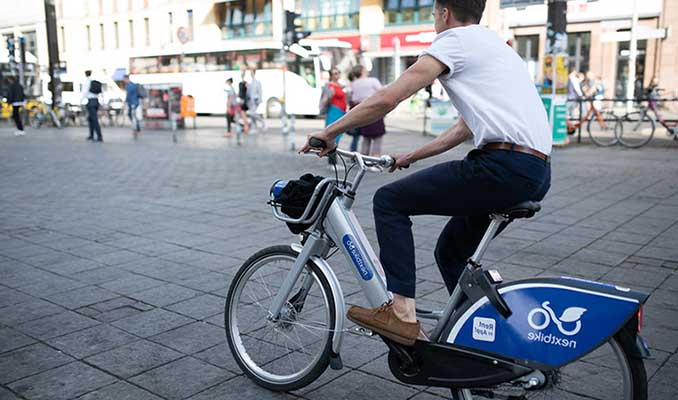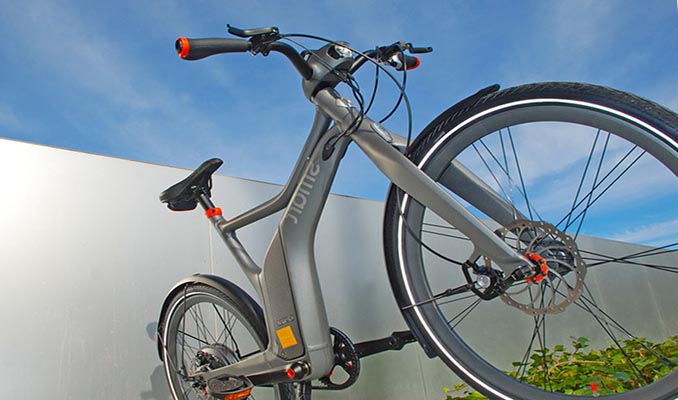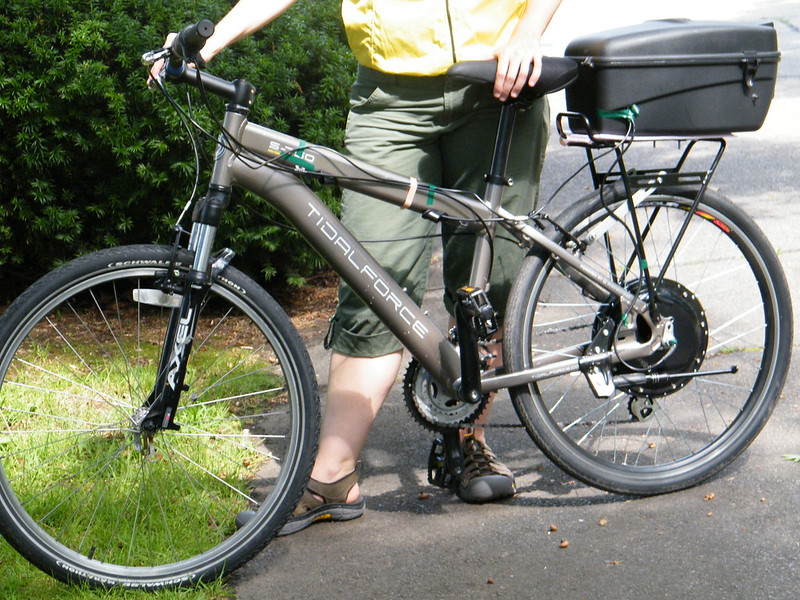The battery of your electric bike is essentially the same as the one on your mobile phone. And just like with your smartphone, the biggest concern is that it might suddenly run out of charge, leaving you stranded on foot. Quite literally, when it comes to e-bikes.
One thing is certain: the range stated by manufacturers on the sales specifications of electric bikes is highly theoretical.
It depends on the user of the electric bike, their weight, how they use it, the routes they take, the level of assistance, the weather conditions, and many other factors. It’s similar to the fuel consumption of cars: it’s one thing to travel alone on the highway at a moderate speed, and another thing to travel with the whole family, loaded for vacation and pushing the limits.
Related:
To make your electric bike battery last longer, here are 10 tips:
Use only the necessary assistance level
Yes, the temptation and enthusiasm at the beginning make everyone use the maximum level of pedal assist. It’s exciting and enjoyable. Most motor manufacturers offer 3 levels, and some even offer 4, but you don’t always have to ride with Boost or Turbo. Use the minimum level of assistance you need.
For example, on flat terrain, excessive assistance is unnecessary because the motor will assist you (by law) up to 25 km/h, after which it’s all up to your legs. Going at 25 km/h with Boost or at 20 km/h in Eco mode (achievable by almost anyone on any bicycle) won’t make a significant difference in your life.
Don’t pedal while going downhill
The motor of an e-bike essentially applies an additional force proportional to the force applied to the pedals, based on the level of assistance. While going downhill, either turn off the motor completely (although managing on/off switches may be cumbersome) or avoid pedaling and let gravity do the work. Every pedal stroke you save on an e-bike translates into some battery life remaining at the end of your ride.
Plan pit stops for recharging
You don’t have to give up long rides just because you fear running out of battery. On the contrary, e-bikes are designed precisely for this purpose, to make long rides accessible to those who wouldn’t have the legs or stamina otherwise.
Just like stopping at service areas on the highway, plan carefully along your route where you can stop for a quick recharge (and meanwhile, enjoy a coffee or have a snack). It’s better to stop 30 minutes early for a recharge than to find yourself 1.5 hours later in the middle of nowhere with no battery.
Use lighter gears
It’s similar to revving the gears too much in a car: if you use lighter gears, especially when going uphill but generally on any terrain, you are inclined to apply less force on the pedals. Consequently, the motor adds less assistance.
You’ll probably go a bit slower, but your legs will exert less effort (think of the gear ratios of a mountain bike going uphill: the lighter the gear, with a small development, the more agile it is) and the battery will be consumed at a slower rate.
Maintain a high-pedaling cadence
It directly follows from the previous point. Lighter gears mean a more agile pedal stroke, which leads to a higher pedaling cadence because there is less distance covered per pedal stroke. The general rule is to aim for at least 50 pedal strokes per minute, which is what you would normally do on a city bike in a flat city environment—nothing extraordinary.
Of course, the temptation, especially when going uphill, is to choose a harder gear, which covers more distance per pedal stroke, and use maximum assistance. However, doing so will drain your e-bike battery quickly.
Check tire pressure
The concept is simple: a bike moves forward by rolling on its tires. The more contact there is between the tire and the ground, the more grip there is. With more grip comes more friction, and more energy is required to make the wheels roll.
The same applies to car tires, which is why road bikes have thin tires. Obviously, you can’t change the tires (except to a limited extent), but if you keep them at the correct pressure, it’s a small marginal advantage that will accumulate over time and contribute to better battery autonomy.
Maintain your brakes and transmission
In reality, you should always perform regular maintenance on your e-bike. However, dirty or poorly lubricated brakes and transmission can create friction, impede the bike’s movement, and make pedaling more difficult for you, ultimately consuming more battery power.
Keep the battery charged between 30% and 60% of its capacity
Of course, if you park your e-bike overnight and need it the next morning, you should charge it to 100%. But if you anticipate not using your electric bike for a few weeks—during winter or while going on vacation without the bike—leave the battery between 30% and 60% of its maximum capacity. This is the recommendation of all manufacturers to prevent degradation of the battery’s charge-holding capacity in the short and long term.
Avoid extreme temperatures for storage
Just like smartphones, lithium-ion batteries in e-bikes do not tolerate extreme heat or cold. The ideal temperature range is roughly between 0°C and 30°C (32°F and 86°F), with the temperature at home (around 18°C or 64°F) being the most suitable.
Therefore, storing your e-bike in a basement, garage, or cellar is fine, but leaving it outdoors overnight in winter or in direct sunlight in a shed during summer is not a good idea. If you have it on a bike rack and it’s exposed to direct sunlight for an afternoon, it’s not a tragedy, but long-term precautions make the difference.
Use only the official charger
Yes, we all do it with smartphones: when we misplace the official charger, we grab the first one we find at home or take any charger that comes our way.
But it’s not a good practice, even for e-bikes. If you lose the charger, get an official one that is 100% compatible and provides the correct voltage. Your e-bike battery will thank you with years of loyalty.










